
HCA Contact Information
Phone: 905-525-2181
Email: nature@conservationhamilton.ca
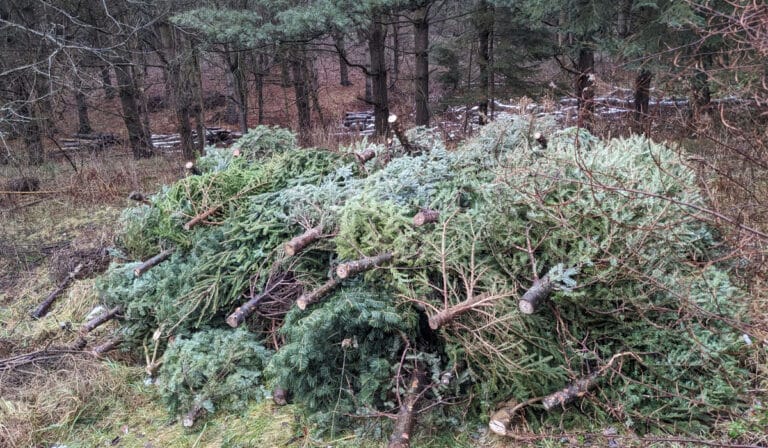
In early January, HCA’s Stewardship and Invasive Species staff teamed up to collect five truckloads of Christmas trees for a future channel restoration project in the HCA watershed. This has been an ongoing project that HCA does annually, but why…
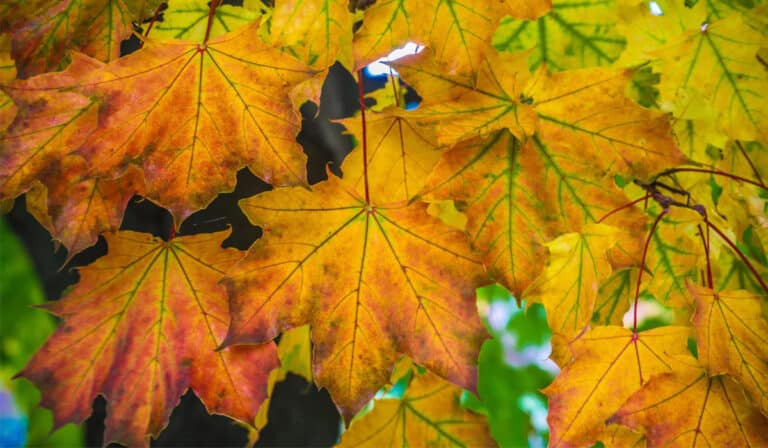
Each fall we see the summery green trees turn to brilliant shades of yellow, orange, red, and even some deep purple. It can be stunning to witness, but why does it happen and what determines the colour the leaves will…

HCA is thrilled that once again, teacher Sean Polap and his students have donated habitat boxes to be used in our areas! This year, it was his grade 10 construction class at Milton District High School that put the hard…
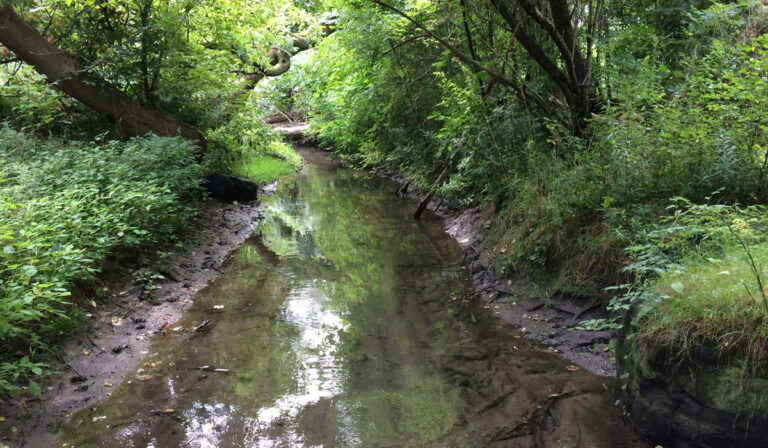
What is stewardship, why is it important, and how can the HCA help you become a steward? Simply put, stewards are caretakers of the land, and although Conservation Authorities and other environmental organizations exist to protect and preserve lands, we…
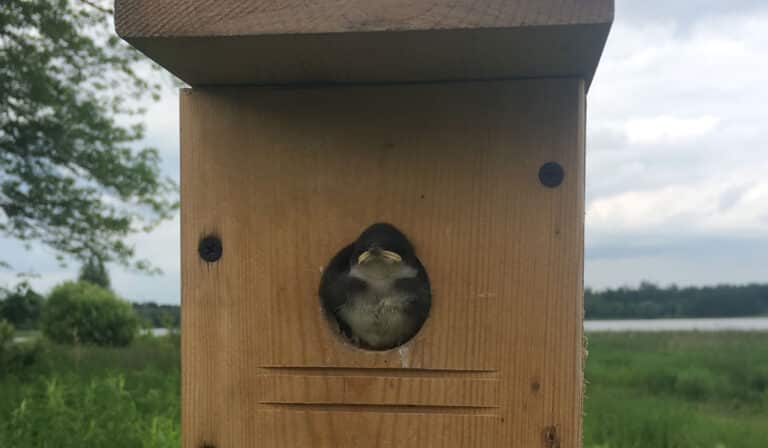
Nest and Habitat Box Update In the spring of 2022, Aldershot High School students built nest and habitat boxes and donated them to HCA. The majority of these went to Valens Lake, and the rest going to Christie Lake. Bird…
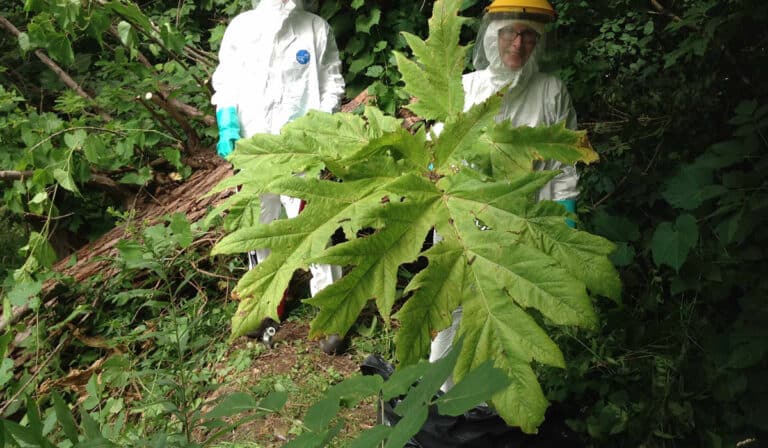
Giant hogweed is an invasive plant, likely introduced from Asia as an ornamental garden plant. It is part of the carrot family, and is a perennial (a plant that lives two years or more). If you find Giant hogweed, DO…